
ClearType is Microsoft's implementation of subpixel rendering technology in rendering text in a font system. ClearType attempts to improve the appearance of text on certain types of computer display screens by sacrificing color fidelity for additional intensity variation. This trade-off is asserted to work well on LCD flat panel monitors.
Multimedia refers to the integration of multiple forms of content such as text, audio, images, video, and interactive elements into a single digital platform or application. This integration allows for a more immersive and engaging experience compared to traditional single-medium content. Multimedia is utilized in various fields including education, entertainment, communication, game design, and digital art, reflecting its broad impact on modern technology and media.
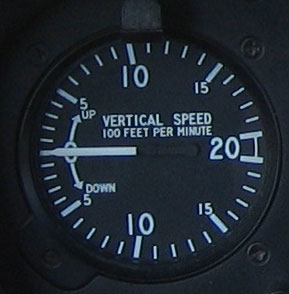
In aviation, a variometer – also known as a rate of climb and descent indicator (RCDI), rate-of-climb indicator, vertical speed indicator (VSI), or vertical velocity indicator (VVI) – is one of the flight instruments in an aircraft used to inform the pilot of the rate of descent or climb. It can be calibrated in metres per second, feet per minute or knots, depending on country and type of aircraft. It is typically connected to the aircraft's external static pressure source.

In computing, a presentation program is a software package used to display information in the form of a slide show. It has three major functions:
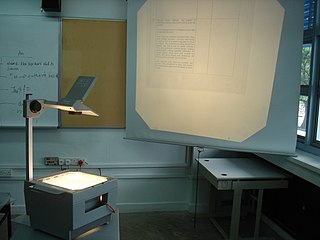
An overhead projector, like a film or slide projector, uses light to project an enlarged image on a screen, allowing the view of a small document or picture to be shared with a large audience.

Speed reading is any of many techniques claiming to improve one's ability to read quickly. Speed-reading methods include chunking and minimizing subvocalization. The many available speed-reading training programs may utilize books, videos, software, and seminars. There is little scientific evidence regarding speed reading, and as a result its value seems uncertain. Cognitive neuroscientist Stanislas Dehaene says that claims of reading up to 1,000 words per minute "must be viewed with skepticism".

A head-up display, or heads-up display, also known as a HUD or head-up guidance system (HGS), is any transparent display that presents data without requiring users to look away from their usual viewpoints. The origin of the name stems from a pilot being able to view information with the head positioned "up" and looking forward, instead of angled down looking at lower instruments. A HUD also has the advantage that the pilot's eyes do not need to refocus to view the outside after looking at the optically nearer instruments.

A film recorder is a graphical output device for transferring images to photographic film from a digital source. In a typical film recorder, an image is passed from a host computer to a mechanism to expose film through a variety of methods, historically by direct photography of a high-resolution cathode ray tube (CRT) display. The exposed film can then be developed using conventional developing techniques, and displayed with a slide or motion picture projector. The use of film recorders predates the current use of digital projectors, which eliminate the time and cost involved in the intermediate step of transferring computer images to film stock, instead directly displaying the image signal from a computer. Motion picture film scanners are the opposite of film recorders, copying content from film stock to a computer system. Film recorders can be thought of as modern versions of Kinescopes.
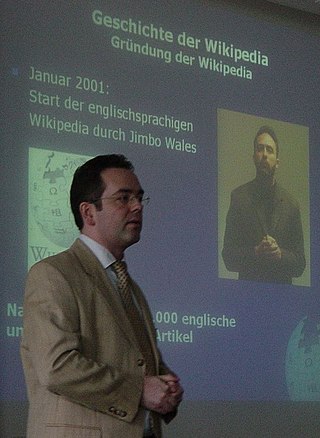
A slide show, or slideshow, is a presentation of a series of still images (slides) on a projection screen or electronic display device, typically in a prearranged sequence. The changes may be automatic and at regular intervals or they may be manually controlled by a presenter or the viewer. Slide shows originally consisted of a series of individual photographic slides projected onto a screen with a slide projector. When referring to the video or computer-based visual equivalent, in which the slides are not individual physical objects.

In computer displays, filmmaking, television production, and other kinetic displays, scrolling is sliding text, images or video across a monitor or display, vertically or horizontally. "Scrolling," as such, does not change the layout of the text or pictures but moves the user's view across what is apparently a larger image that is not wholly seen. A common television and movie special effect is to scroll credits, while leaving the background stationary. Scrolling may take place completely without user intervention or, on an interactive device, be triggered by touchscreen or a keypress and continue without further intervention until a further user action, or be entirely controlled by input devices.
Words per minute, commonly abbreviated as WPM, is a measure of words processed in a minute, often used as a measurement of the speed of typing, reading or Morse code sending and receiving.

In aviation, an electronic flight instrument system (EFIS) is a flight instrument display system in an aircraft cockpit that displays flight data electronically rather than electromechanically. An EFIS normally consists of a primary flight display (PFD), multi-function display (MFD), and an engine indicating and crew alerting system (EICAS) display. Early EFIS models used cathode ray tube (CRT) displays, but liquid crystal displays (LCD) are now more common. The complex electromechanical attitude director indicator (ADI) and horizontal situation indicator (HSI) were the first candidates for replacement by EFIS. Now, however, few flight deck instruments cannot be replaced by an electronic display.
Reading comprehension is the ability to process written text, understand its meaning, and to integrate with what the reader already knows. Reading comprehension relies on two abilities that are connected to each other: word reading and language comprehension. Comprehension specifically is a "creative, multifaceted process" that is dependent upon four language skills: phonology, syntax, semantics, and pragmatics.
Letter spacing, character spacing or tracking is an optically consistent typographical adjustment to the space between letters to change the visual density of a line or block of text. Letter spacing is distinct from kerning, which adjusts the spacing of particular pairs of adjacent characters such as "7." which would appear to be badly spaced if left unadjusted, and leading, the spacing between lines.
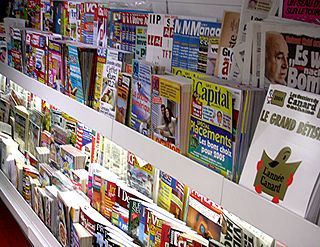
In graphic design, page layout is the arrangement of visual elements on a page. It generally involves organizational principles of composition to achieve specific communication objectives.
The Peabody Picture Vocabulary Test, the 2007 edition of which is known as the PPVT-IV, is an untimed test of receptive vocabulary for Standard American English and is intended to provide a quick estimate of the examinee's receptive vocabulary ability. It can be used with the Expressive Vocabulary Test-Second Edition (EVT-2) to make a direct comparison between the examinee's receptive and expressive vocabulary skills. The PPVT was developed in 1959 by special education specialists Lloyd M. Dunn and Leota M. Dunn. The current version lists L.M. Dunn and his son D.M. Dunn as authors.

A vector monitor, vector display, or calligraphic display is a display device used for computer graphics up through the 1970s. It is a type of CRT, similar to that of an early oscilloscope. In a vector display, the image is composed of drawn lines rather than a grid of glowing pixels as in raster graphics. The electron beam follows an arbitrary path, tracing the connected sloped lines rather than following the same horizontal raster path for all images. The beam skips over dark areas of the image without visiting their points.
An electronic visual display is a display device that can display images, video, or text that is transmitted electronically. Electronic visual displays include television sets, computer monitors, and digital signage. They are ubiquitous in mobile computing applications like tablet computers, smartphones, and information appliances. Many electronic visual displays are informally referred to as screens.
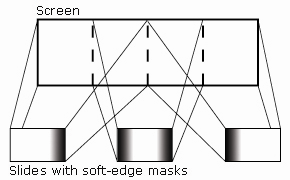
Multi-image is the now largely obsolete practice and business of using 35mm slides (diapositives) projected by single or multiple slide projectors onto one or more screens in synchronization with an audio voice-over or music track. Multi-image productions are also known as multi-image slide presentations, slide shows and diaporamas and are a specific form of multimedia or audio-visual production.













